- Savage Blog
- The Importance of Rifle Maintenance for Long-Range Accuracy
The Importance of Rifle Maintenance for Long-Range Accuracy
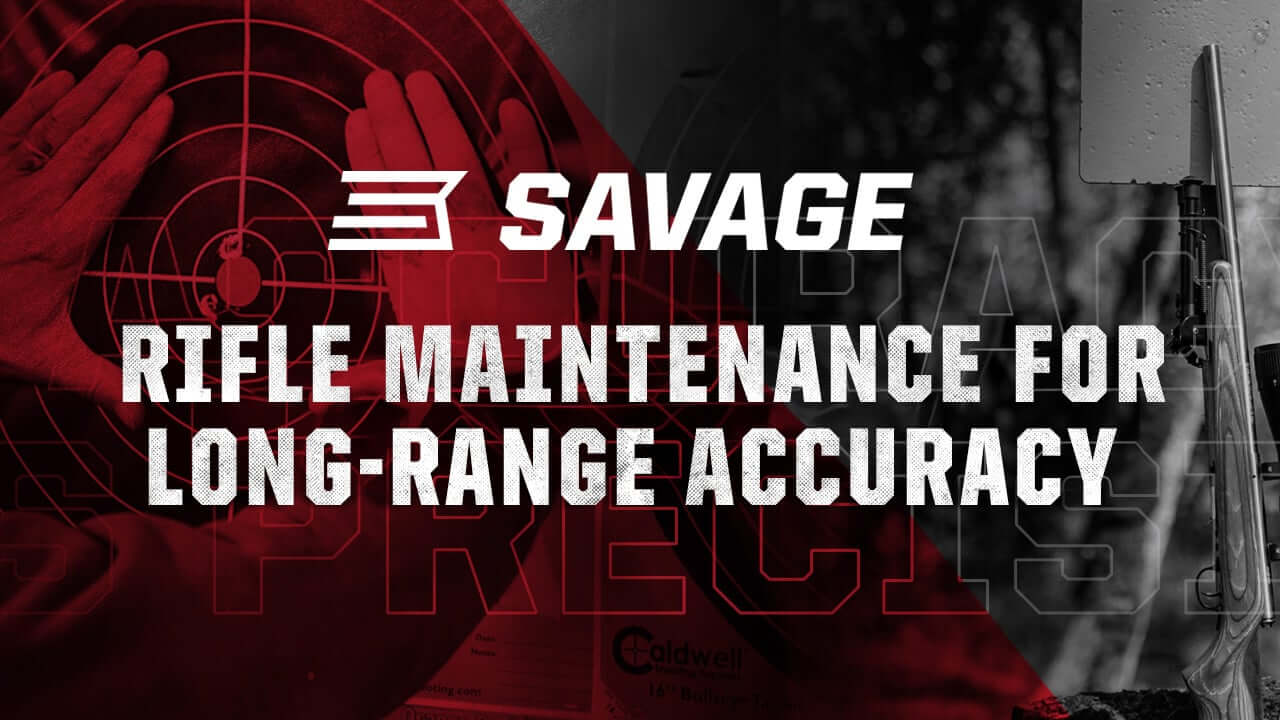
When it comes to precision shooting, gear alone won’t make the shot. Even the best-engineered rifles require proper rifle maintenance to perform consistently over time. Whether you're competing at 1,000 yards, out hunting in the field, or just looking to tighten your groups at the range, maintaining your rifle is a non-negotiable part of the equation that every firearm owner should practice. In this guide, we’ll break down how cleaning, barrel break-in, and a few smart habits can help preserve long-range accuracy and extend the life of your firearm.
Why Rifle Maintenance Matters for Accuracy
A rifle is a mechanical system that operates under intense pressure, heat, and friction. Over time, carbon fouling, copper buildup, moisture, and neglect can all take their toll, especially if you’re trying to achieve long-range precision. A barrel that becomes neglected and dirty over time can suffer reduced accuracy from wear on the barrel and rifling. Good rifle maintenance isn’t just about keeping your gear clean—it’s about maintaining the rifle's harmonics and consistency shot to shot.
Cleaning a Rifle: Frequency and Best Practices
How Often Should You Clean?
For most shooters, a standard rule of thumb is to clean every 250-500 rounds shot, which may be several trips to the range for some and only a couple of trips for others. If you take your rifle to the range and know you won’t be shooting it again for a while, then you may want to give the barrel and bolt a quick cleaning before storing.
If you’re not shooting a rifle very often, such as a hunting rifle that you only shoot right before and during the season, then cleaning it once or twice a year is typically sufficient. If you're noticing changes in point of impact or degradation in accuracy, cleaning should be the first step before troubleshooting anything more serious.
Bore Cleaning Tips
Always clean from the chamber end. This protects the crown of the muzzle, which is vital for accuracy.
Use a bore guide. It aligns your cleaning rod and prevents unnecessary wear in the chamber and throat. You can also use a boresnake, which is a softer cleaning rope that won’t damage the metal in the chamber and barrel.
Solvent selection matters. Use a carbon solvent for powder fouling and a copper solvent for jacket residue.
Don’t forget to dry. After solvent use, run dry patches down the bore until it is dry, then lightly oil the bore before putting the rifle up for storage to prevent rust buildup.
Brushes vs. patches. Bronze brushes help break up fouling, while patches remove the loosened debris. If you suspect your rifle has heavy fouling, a few passes with a bore brush should be done first before using patches.
Don't Neglect the Action
Wipe down the bolt, magazine well, and trigger assembly using a cloth or cotton swab. Apply a light lubricant to moving parts, but avoid over-oiling—excess oil attracts dirt and can gum up precision tolerances.
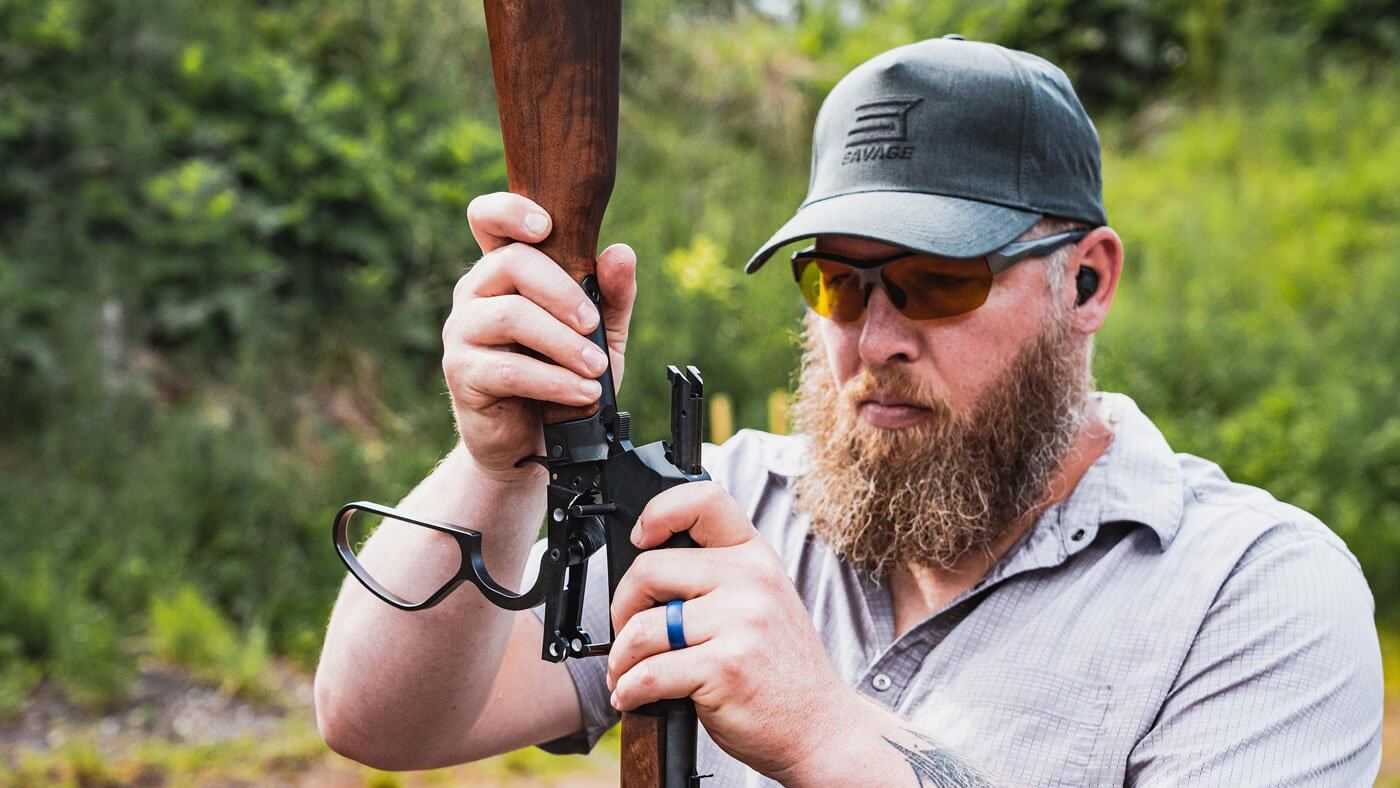
The Barrel Break-In Process
One of the most debated topics in rifle care is whether a barrel break-in process is necessary. While modern manufacturing techniques have improved barrel finish and uniformity, there’s still value in a controlled break-in period for match-grade or precision rifles.
What Does Break-In Do?
During the first several shots from a new barrel, small tool marks and microscopic burrs from machining can smooth out. Controlled shooting and cleaning during this time help polish the bore and minimize copper fouling going forward, which is vital for maintaining consistent pressures and bullet trajectory. If you’re looking for a barrel break-in process to use, check out this process we’ve highlighted from Precision Shooting Magazine! Use this process as a guide, not gospel. Some barrels settle in faster than others, and certain shooters may not need a full routine depending on their rifle’s purpose. That said, for those seeking every ounce of long-range performance, break-in remains a smart piece of overall rifle maintenance.
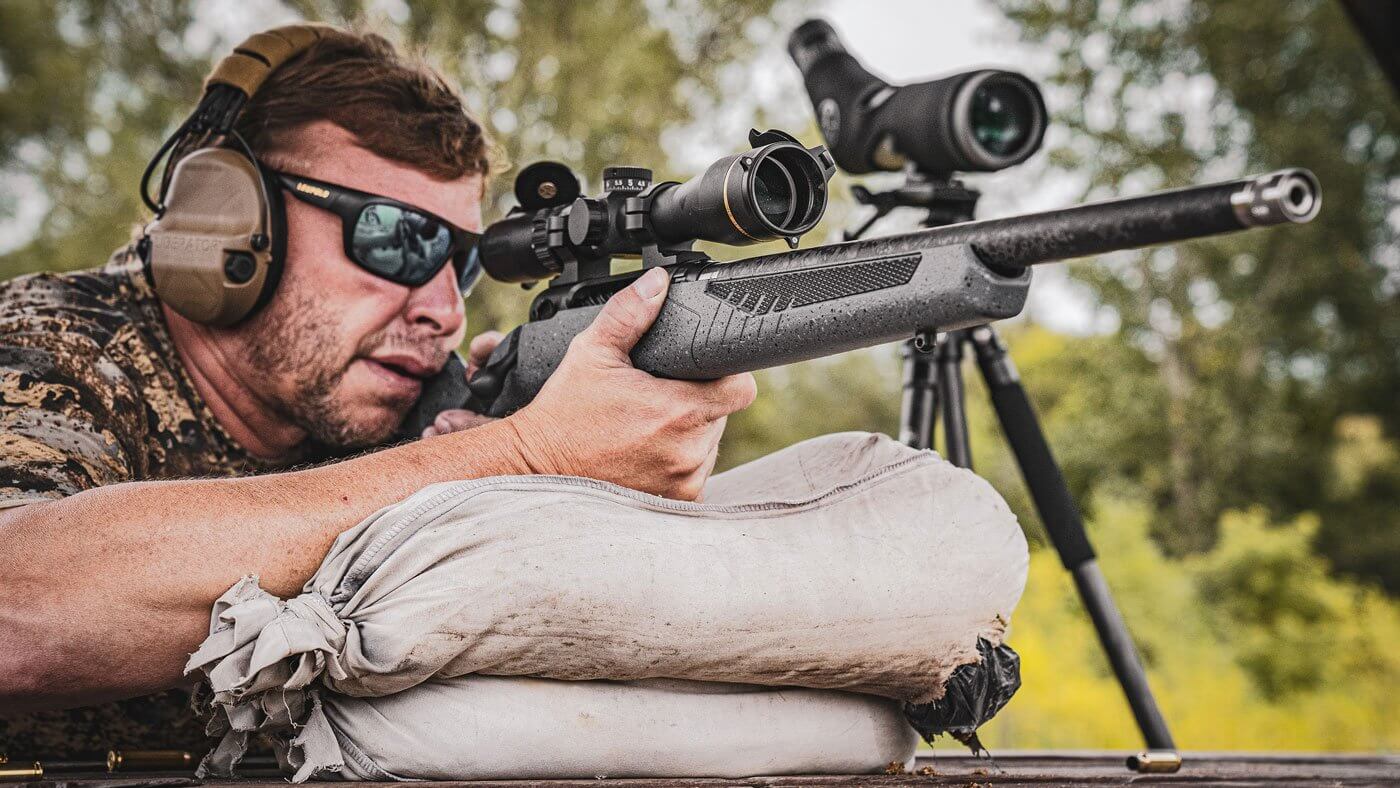
Additional Care Tips for Long-Range Consistency
Maintain Your Optics Mounts
Loose scope rings or base screws can throw off your zero dramatically. Check your mounts regularly with a torque wrench and use blue thread locker when needed. Also consider using witness marks on your optics mount screws to verify that the optic hasn't come loose while you are shooting. To make witness marks, mark your screw and optic plate, scope ring, or mounting base to where there are two aligned marks. If these marks are no longer touching, that indicates that your optic is loose and needs to be tightened. .Confirm your zero at the range anytime your rifle has taken a bump or traveled long distances, such as on road trips or flights.
Stock and Bedding Checks
If your rifle has a wooden stock, fluctuations in humidity can alter pressure points against the barrel. Composite or synthetic stocks are more stable, but bedding material can shift over time. Periodically inspect the action bedding and ensure the stock is torqued to the manufacturer's specs. Many Savage rifles are equipped with AccuStock technology to help ensure that your rifle’s stock is fully secured and bedded against the action to provide consistent accuracy.
Keep Ammo Consistent
While not directly a maintenance issue, but worth noting: ammo inconsistencies can mimic rifle problems. Keep a record of what loads your rifle likes and stick with it. Make note of bullet grain weights, projectile types, and velocities. Temperature swings, powder types, and bullet seating depth can also affect the point of impact.
Safe Storage = Better Accuracy
Moisture, dust, and temperature fluctuations can degrade internal components. Store your rifle in a dry, climate-controlled space, such as a gun safe. Use a dehumidifier in your safe and inspect your firearms regularly, especially during seasonal changes.
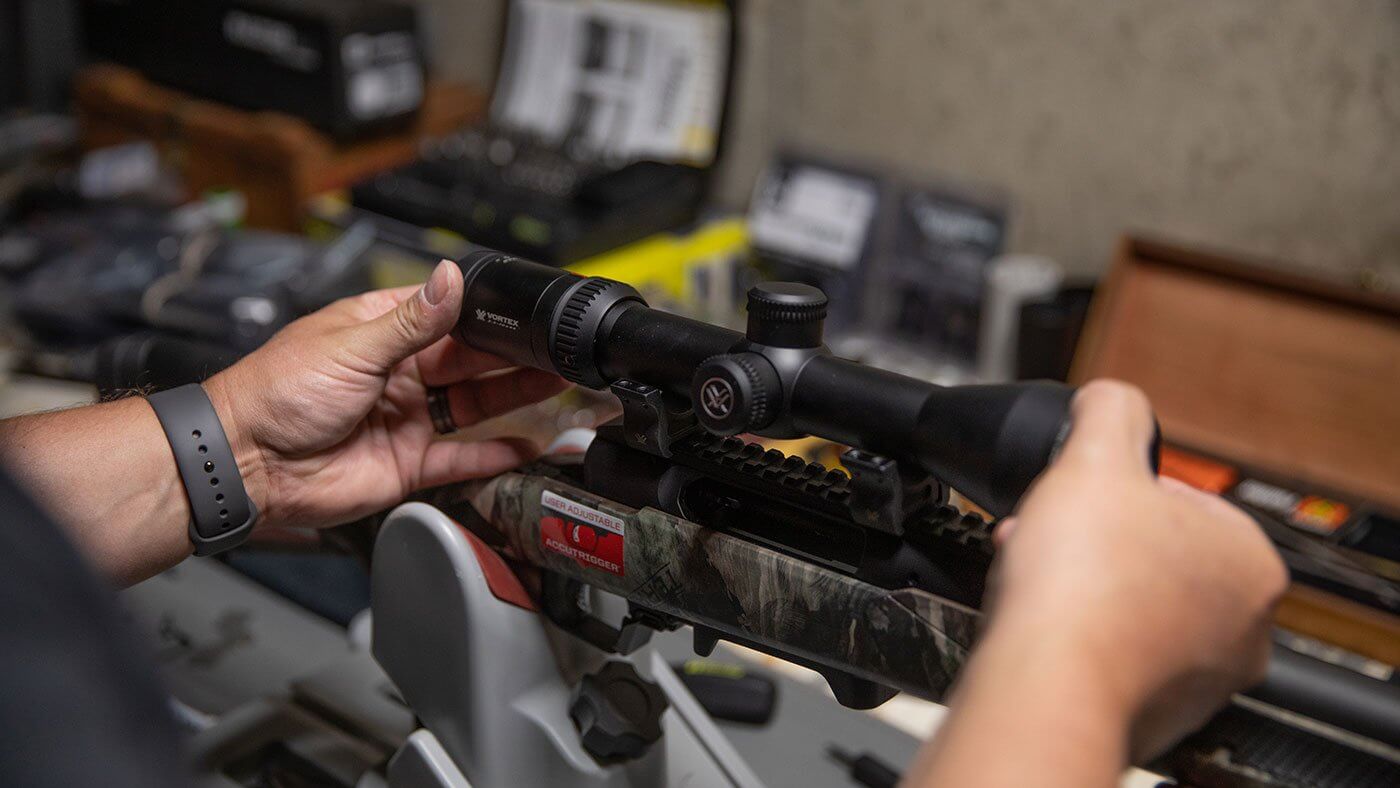
Building a Maintenance Routine
You don’t need a full teardown after every range trip, but building a sustainable care routine will save you time and headaches down the road. Here's a simple breakdown for regular rifle maintenance:
After each range session: Bore swab, exterior wipe-down, check for visible fouling.
Every 250-500 rounds: Full bore cleaning with solvents, action cleaning, check torque on optic rings and rails.
Seasonally or pre-hunt: Inspect stock, bedding, bolt lugs, and zero. Refresh lubrication if needed.
Invest in the Right Tools
Every shooter should keep a basic gun care kit in their bench or field bag. Essentials include:
Bore guide
Cleaning rods
Bronze brushes and cotton patches
Carbon and copper solvents
Lubricant and rust preventative
Torque wrench for mounts
Chamber swabs or Q-tips
Lens cleaner for optics
You can find many of these tools included in gun cleaning kits at your local outdoor retailer or at your local gun shop!
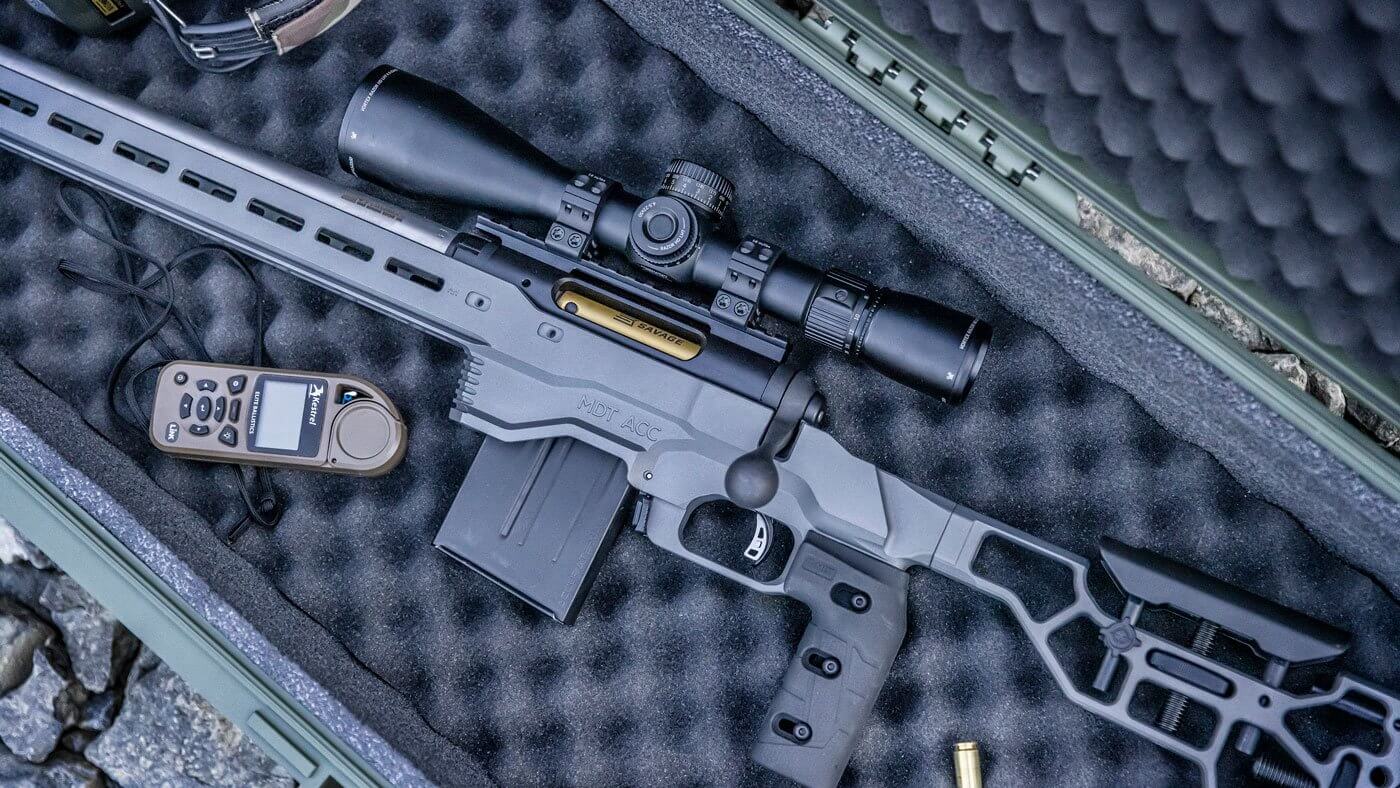
Long-range accuracy doesn’t just come from the barrel—it’s earned through careful preparation and consistent rifle maintenance. Cleaning, break-in, and smart storage may not be as exciting as pulling the trigger, but they are critical for the shot that counts. Build the habit, know your gear, and treat your rifle like the precision instrument it is. Your target—and your confidence—will thank you.

